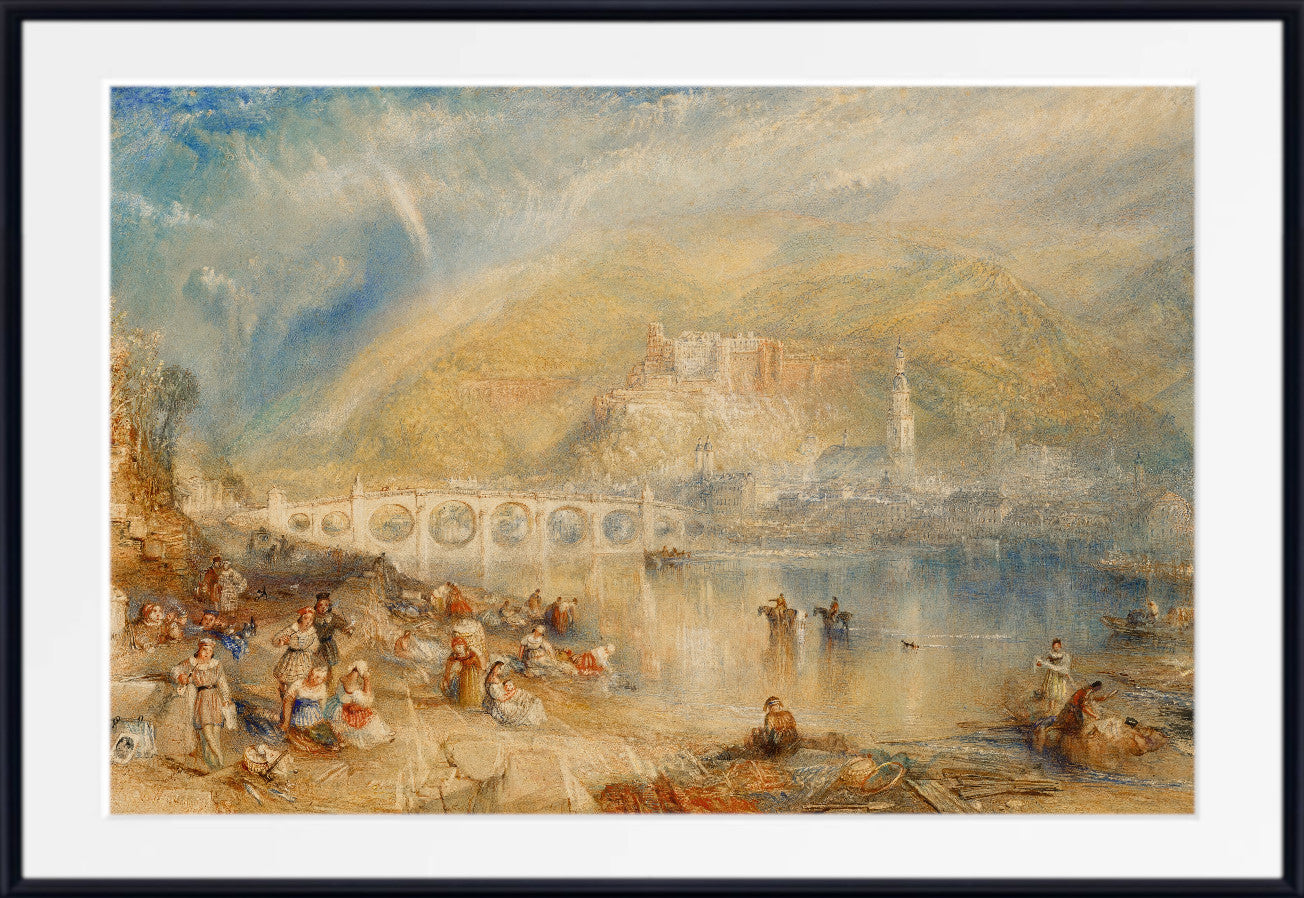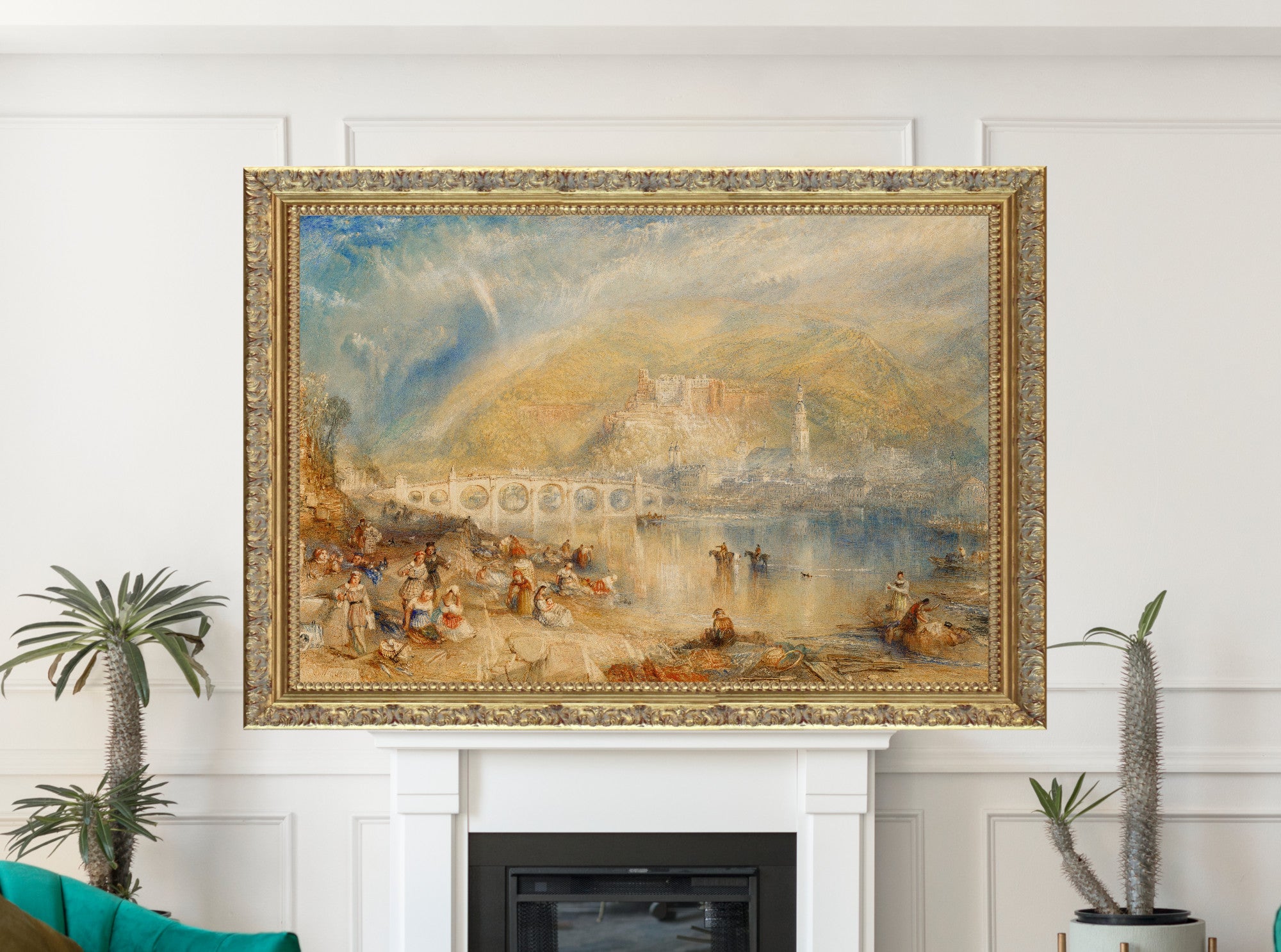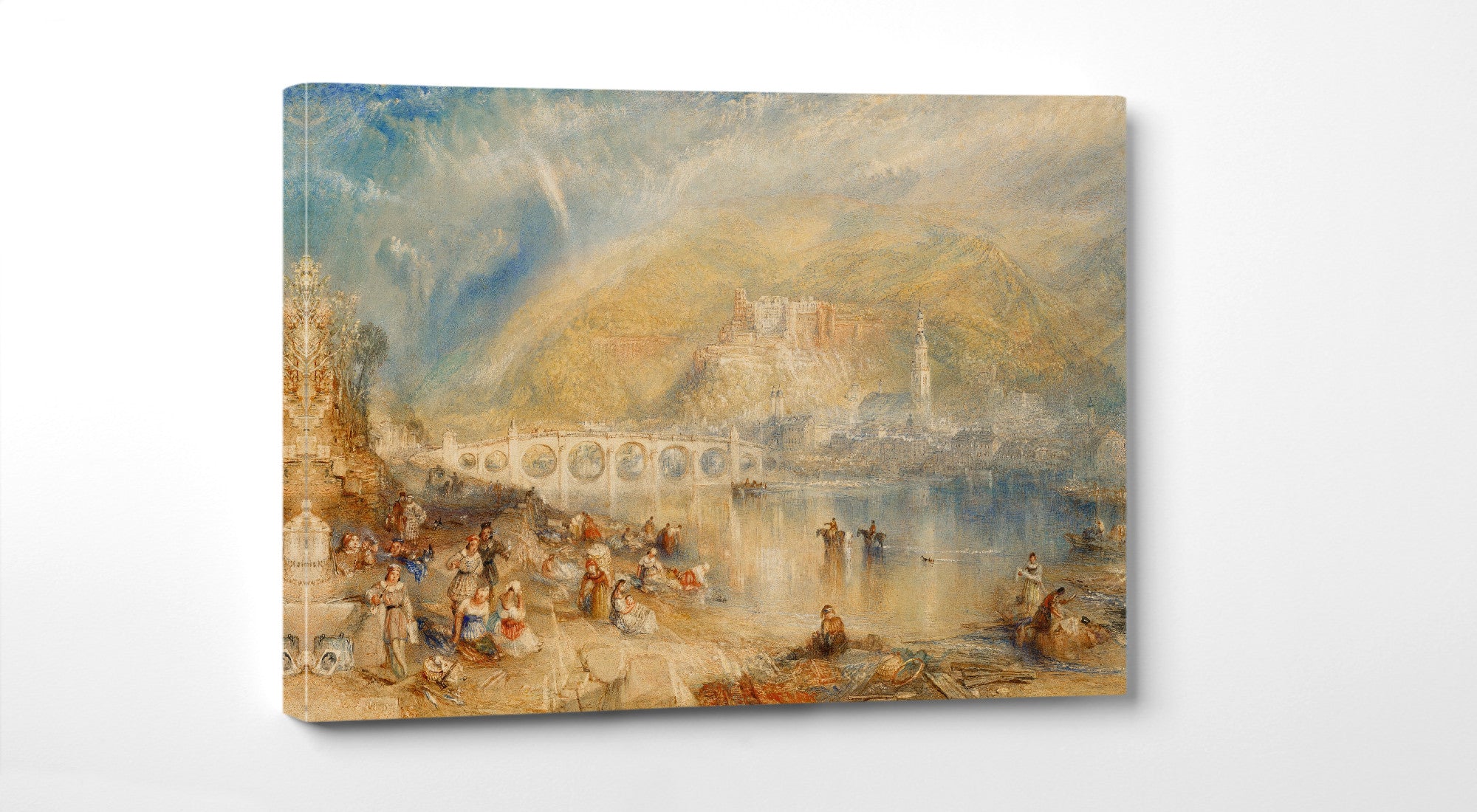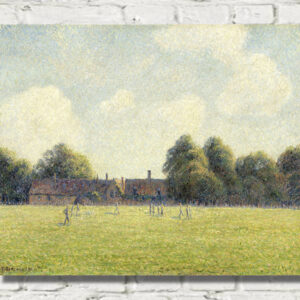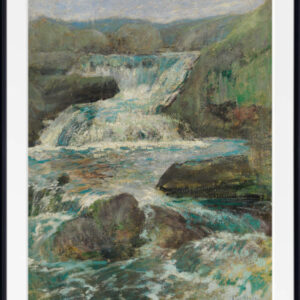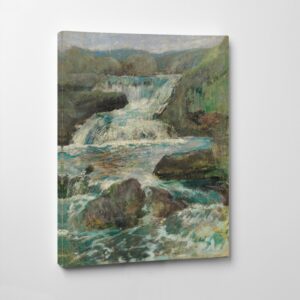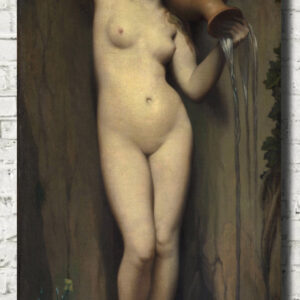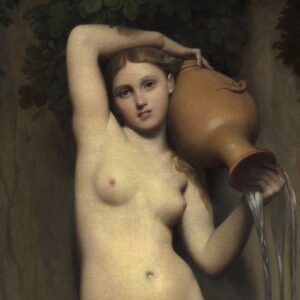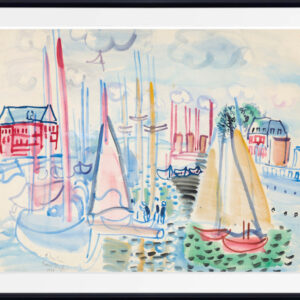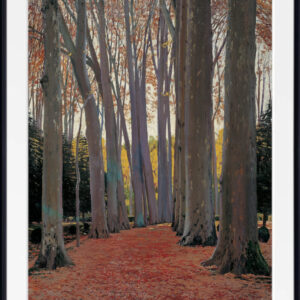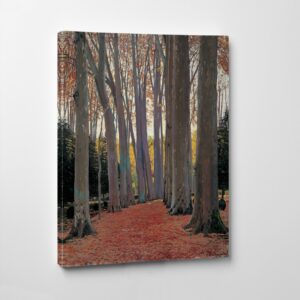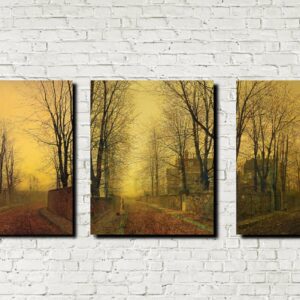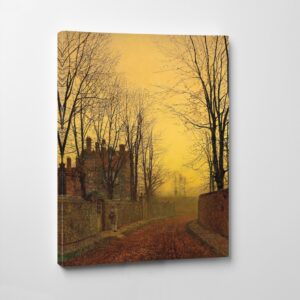Heidelberg, with a Rainbow by William Turner
Heidelberg, with a Rainbow by William Turner – Prints and Ready to Hang Canvas Panels
Turner’s Enchanting Heidelberg: Capturing the Essence of the City
J.M.W. Turner’s fascination with Heidelberg, Germany, is woven into his illustrious career, punctuated by four visits between 1833 and 1844. His artistic mastery culminated in the creation of a mesmerizing watercolour, widely acclaimed as one of his peak achievements. The watercolour, depicting Heidelberg, a city nestled between hills along the Neckar River, mesmerizes viewers with its ethereal charm. Its allure lies not just in Turner’s genius but also in the city’s historical and architectural significance.
Heidelberg: A Tapestry of Rich History and Scenic Beauty
Turner’s portrayal captures Heidelberg’s essence, emphasizing its iconic landmarks. The city’s strategic importance, symbolized by the majestic Heidelberg Castle, resonates in Turner’s brushstrokes. The castle, perched above the town, reflects centuries of political upheavals and cultural evolution. Turner’s depiction delves beyond the castle, capturing the city’s pulse along the bustling riverbank. Women labor by the water, children play, and students don historic garb, providing a vibrant snapshot of daily life.
Turner’s Artistry and Heidelberg’s Timeless Allure
Turner’s Heidelberg is a testament to his meticulous observation and creative prowess. He skillfully contrasts the vibrant riverbank with the castle’s stoic grandeur. His work resonates with art enthusiasts, evident in its significant auction records. The watercolour’s charm lies not only in Turner’s mastery but also in Heidelberg’s timeless appeal. The city’s allure, enhanced by the interplay of history and nature, continues to captivate viewers, bridging the centuries with Turner’s artistry.
Understanding William Turner’s Artistry
Joseph Mallord William Turner, a renowned English painter, left an indelible mark on the art world with his distinctive style and innovative techniques. His mastery of light, color, and atmosphere transformed landscapes into poetic expressions.
Innovative Techniques and Style
Turner’s innovative use of watercolors pushed the boundaries of traditional painting. He employed techniques like wet-on-wet and scraping to create luminous effects, giving his works an ethereal quality. His bold brushwork and vivid colors showcased nature’s dynamic beauty, capturing both its grandeur and subtleties.
Capturing Nature’s Essence
Turner had a unique ability to capture the essence of nature. His landscapes were not just literal representations but emotional experiences. Through skillful use of light and shadow, he infused his paintings with a sense of movement and life, making viewers feel the wind, hear the rustle of leaves, and sense the depth of the landscapes.
Symbolism and Narrative
Beyond the visual appeal, Turner’s paintings often carried symbolism and narratives. He conveyed powerful themes, such as the force of nature, the passage of time, and the human connection to the environment. His choice of subjects and compositions reflected his deep understanding of history, literature, and mythology, adding layers of meaning to his artworks.
Legacy and Influence
Turner’s innovative techniques and artistic vision had a profound influence on future generations of artists. His ability to convey emotion through landscapes paved the way for Impressionism and abstraction. Today, art enthusiasts and scholars continue to study Turner’s works, marveling at the timeless beauty and innovation that define his artistic legacy.
All prints are made using archival art stocks and UV pigment inks to give up to 200 years life. Prints are sold unframed and unmounted.

